

Articles
How To Store Half A Lemon
Modified: August 20, 2024
Learn how to store half a lemon with these helpful articles. Find tips and tricks for preserving lemons and extending their freshness.
(Many of the links in this article redirect to a specific reviewed product. Your purchase of these products through affiliate links helps to generate commission for Storables.com, at no extra cost. Learn more)
Introduction
When life gives you lemons, sometimes you only need half. Whether you’re making a refreshing glass of lemonade, adding a zesty twist to a recipe, or squeezing some citrusy goodness over a salad, there are many instances where you might find yourself with half a lemon to spare. But what do you do with the other half? While it may seem wasteful to discard it, you’ll be happy to know that there are several methods for storing half a lemon and keeping it fresh for future use.
In this article, we will explore various techniques for storing half a lemon, ensuring that you can always make the most of this versatile fruit. From wrapping it in plastic wrap to freezing it in an ice cube tray, we’ll cover all the bases and provide you with practical tips to keep your leftover lemon fresh and ready to use. So, without further ado, let’s dive in!
Key Takeaways:
- Don’t let half a lemon go to waste! From plastic wrap to ice cube trays, explore various methods to store and preserve your citrus companion for future use. Enjoy the convenience of always having a fresh lemon on hand!
- Embrace the versatility of lemons by optimizing their freshness. Choose the right storage method, label containers, and consider freezing for long-term use. Say goodbye to wasted lemons and hello to citrus convenience!
Read more: How To Store Half A Cucumber
Why Store Half a Lemon?
At first glance, it may seem like storing half a lemon isn’t a big deal. After all, it’s just a small piece of fruit. However, there are several reasons why you might want to consider saving that extra half instead of letting it go to waste.
Firstly, lemons are a versatile ingredient used in a wide range of recipes and beverages. They add a burst of tangy flavor and bring a refreshing acidity to dishes. From marinades and salad dressings to cocktails and desserts, a squeeze of lemon can elevate the taste of your culinary creations.
Secondly, lemons are packed with health benefits. They are rich in vitamin C, which is essential for a strong immune system and healthy skin. They also contain antioxidants and can aid in digestion. By having a stash of fresh lemons on hand, you can incorporate this nutritional powerhouse into your daily routine.
Lastly, lemons have a relatively short shelf life compared to other fruits. When left exposed, they can dry out quickly and lose their juiciness. By storing half a lemon properly, you can extend its lifespan and make sure you always have a fresh lemon ready for use.
Now that we’ve established the importance of storing half a lemon, let’s explore some effective methods for keeping it fresh for as long as possible.
Methods for Storing Half a Lemon
There are several methods you can use to store half a lemon and prevent it from drying out. Each method has its own advantages and can keep your lemon fresh for varying lengths of time. Let’s take a look at some popular techniques:
-
Wrapping in Plastic Wrap
One of the simplest ways to store half a lemon is by wrapping it tightly in plastic wrap. This helps to seal in moisture and prevent the lemon from drying out. Start by cutting the lemon in half and squeezing out any excess juice. Then, wrap the cut side of the lemon tightly with plastic wrap, making sure there are no gaps. Store the wrapped lemon in the refrigerator, and it should stay fresh for up to a week.
-
Placing in a Sealable Bag
Another method is to place the cut side of the lemon in a sealable plastic bag. Similar to wrapping in plastic wrap, this technique helps retain moisture and prolong the freshness of the lemon. Place the lemon half in the bag, remove any excess air, and seal it tightly. Store it in the refrigerator, and it should stay fresh for around a week.
-
Read more: How To Store Half A Zucchini
Using a Reusable Silicone Food Saver
If you’re looking for a more eco-friendly option, consider using a reusable silicone food saver. These silicone caps are designed to fit snugly over the cut side of a lemon, creating an airtight seal. Simply place the food saver over the exposed surface of the lemon and store it in the refrigerator. This method can help extend the freshness of the lemon for up to a week.
-
Storing in a Glass Container with Water
For a longer storage period, you can try storing the cut side of the lemon in a glass container with water. This method keeps the lemon hydrated and prevents it from drying out. Fill a glass container with enough water to cover the cut side of the lemon, place the lemon in the container, and store it in the refrigerator. This method can keep the lemon fresh for up to two weeks.
-
Freezing in an Ice Cube Tray
If you don’t plan on using the remaining half of the lemon anytime soon, freezing it is a great option. Cut the lemon into slices or squeeze out the juice and pour it into an ice cube tray. Cover the tray with plastic wrap or put it in a sealable freezer bag to prevent freezer burn. Frozen lemon slices or juice cubes can be stored for up to three months. When you need a splash of lemon, simply grab a frozen slice or cube.
These methods provide you with various options for storing half a lemon based on your needs and preferences. It’s worth experimenting with different techniques to find the one that works best for you.
In addition to these methods, here are a few additional tips to help you make the most out of storing half a lemon:
- Choose fresh, firm lemons to ensure maximum longevity.
- Label the storage container or bag with the date to keep track of freshness.
- If you’re freezing lemon juice, consider using ice cube trays with measurement markings for easy portioning.
- Consider grating the lemon zest before storing it, as it can add an extra burst of flavor to various recipes.
By following these tips and techniques, you can make sure that no half a lemon goes to waste and always have a fresh and juicy citrus companion whenever you need it.
Wrapping in Plastic Wrap
Wrapping a half lemon in plastic wrap is a simple and effective way to keep it fresh for an extended period of time. Here’s how you can do it:
- Start by cutting the lemon in half using a sharp knife or citrus juicer. If you only need a small portion of the lemon, make sure to cut it in a way that leaves the remaining portion intact.
- Squeeze out any excess juice from the cut side of the lemon. This will prevent the lemon from becoming too watery and losing its flavor.
- Take a piece of plastic wrap and place the cut side of the lemon on it.
- Fold the plastic wrap over the lemon, making sure to cover it completely. Wrap it tightly to create an airtight seal.
- If needed, you can wrap the lemon in an additional layer of plastic wrap for extra protection.
- Label the wrapped lemon with the date to keep track of its freshness.
- Store the wrapped lemon in the refrigerator, preferably in the fruit or vegetable drawer where the temperature is slightly lower.
This method creates a barrier around the lemon, preventing air and moisture from reaching it. It helps to retain the lemon’s natural juices, keeping it fresh for up to a week.
When you’re ready to use the stored half lemon, simply unwrap it, rinse off any residue, and enjoy its citrus flavor in your dishes, beverages, or recipes. It’s that simple!
Remember to discard the lemon if you notice any signs of mold, decay, or an unpleasant odor. While wrapping in plastic wrap can significantly prolong the freshness of the lemon, it isn’t a foolproof method and won’t keep the lemon fresh indefinitely.
Now that you know how to wrap a half lemon in plastic wrap, you can confidently store your leftover citrus and minimize waste in the kitchen. Enjoy the convenience of having a fresh lemon on hand whenever you need it!
Read more: How To Store Half A Grapefruit
Placing in a Sealable Bag
If you’re looking for a simple and convenient way to store half a lemon, placing it in a sealable bag is a great option. This method helps to preserve the lemon’s freshness by creating a barrier against air and moisture. Here’s how you can do it:
- Start by cutting the lemon in half using a sharp knife or citrus juicer. Ensure that you have a clean and even cut.
- Squeeze out any excess juice from the cut side of the lemon to prevent it from becoming too watery.
- Take a sealable plastic bag and place the cut side of the lemon inside.
- Remove as much air as possible from the bag before sealing it tightly. You can do this by gently pressing on the bag while closing it or using a straw to suck out the air.
- Label the bag with the date to keep track of the lemon’s freshness.
- Store the sealed bag with the lemon in the refrigerator, preferably in the fruit or vegetable drawer where the temperature is slightly lower.
By sealing the lemon in a plastic bag, you prevent air contact, which helps slow down the oxidation process and extend the lemon’s shelf life. This method can keep the lemon fresh for approximately a week.
When it’s time to use the stored half lemon, remove it from the bag, rinse off any residue, and incorporate it into your recipes, dishes, or beverages. Remember to discard the lemon if you notice any signs of mold, decay, or an unpleasant odor.
Placing the lemon in a sealable bag is an effortless way to maintain its freshness and ensure you always have a citrusy punch whenever you need it. Give it a try and see how it simplifies your lemon storage experience!
Using a Reusable Silicone Food Saver
If you’re looking for an eco-friendly and reusable solution to store half a lemon, using a silicone food saver is a fantastic option. These food savers are specially designed to create an airtight seal around the cut side of the lemon, keeping it fresh and preventing any loss of flavor. Here’s how you can use a reusable silicone food saver:
- Start by cutting the lemon in half using a sharp knife or citrus juicer.
- Squeeze out any excess juice from the cut side of the lemon.
- Take a clean and dry silicone food saver specifically designed for lemons or citrus fruits.
- Press the cut side of the lemon onto the food saver, ensuring a snug fit.
- Make sure the silicone food saver creates a tight seal around the lemon. This will prevent air from reaching the lemon and keep it fresh.
- Label the food saver or container with the date to keep track of the lemon’s freshness.
- Store the lemon with the silicone food saver in the refrigerator, preferably in the fruit or vegetable drawer.
Using a silicone food saver creates a protective barrier around the cut side of the lemon, preventing it from drying out or absorbing any unwanted odors from the refrigerator. This method can keep the lemon fresh for up to a week.
When you’re ready to use the stored half lemon, simply remove it from the silicone food saver, rinse off any residue, and incorporate it into your dishes, beverages, or recipes.
The advantage of using a reusable silicone food saver is that it eliminates the need for single-use plastics like plastic wrap or bags. By opting for a sustainable solution, you not only reduce waste but also contribute to environmental conservation.
Give the reusable silicone food saver a try and enjoy the convenience of keeping your leftover lemon fresh and ready to use at any time!
Storing in a Glass Container with Water
Storing a half lemon in a glass container with water is an excellent method to keep it fresh and prevent it from drying out. This technique helps to maintain the lemon’s juiciness by providing it with moisture. Here’s how you can store a half lemon in a glass container with water:
- Start by cutting the lemon in half using a sharp knife or citrus juicer.
- Squeeze out any excess juice from the cut side of the lemon.
- Take a clean glass container and fill it with enough water to cover the cut side of the lemon.
- Place the lemon half, cut side down, into the glass container with the water.
- Make sure the lemon is fully submerged in the water. This will help keep it hydrated and prevent it from drying out.
- Label the container with the date to keep track of the freshness of the lemon.
- Store the glass container with the lemon and water in the refrigerator.
Storing the lemon in a glass container with water creates a humid environment around the lemon, which slows down the dehydration process and helps it stay fresh. This method can keep the lemon fresh for up to two weeks.
When you’re ready to use the stored half lemon, simply remove it from the water, rinse off any residue, and incorporate it into your dishes, beverages, or recipes.
It’s important to check the container and water regularly and change the water if it becomes cloudy or contaminated. This will ensure the freshness and quality of the stored lemon.
Using a glass container with water is a natural and effective way to maintain the juiciness of a half lemon while minimizing waste. Give it a try and experience the prolonged freshness of your citrus fruit!
Freezing in an Ice Cube Tray
If you have a surplus of lemons or don’t plan on using the remaining half anytime soon, freezing it in an ice cube tray is a convenient method to store it for an extended period. Freezing the lemon helps preserve its freshness and flavor, allowing you to easily grab a portion whenever needed. Here’s how you can freeze a half lemon in an ice cube tray:
- Start by cutting the lemon into slices or squeezing out the juice into a bowl.
- If using slices, cut each slice in half or quarters to fit into the individual compartments of the ice cube tray. If using juice, pour it into the designated compartments.
- Fill each compartment of the ice cube tray with the lemon slices or juice, ensuring that each compartment is evenly filled.
- If desired, cover the ice cube tray with plastic wrap or place it in a sealable freezer bag to prevent freezer burn and protect the lemon cubes from absorbing any odors.
- Place the ice cube tray in the freezer and allow the lemon slices or juice to freeze completely. This process usually takes a few hours.
- Once frozen, remove the lemon cubes from the ice cube tray and transfer them to a labeled freezer-safe bag or container.
- Place the bag or container back into the freezer for long-term storage.
The frozen lemon slices or juice cubes can be stored in the freezer for up to three months without losing their flavor or nutritional value.
When you need a splash of lemon, simply retrieve a frozen lemon slice or cube from the freezer and add it directly to your recipe or drink. There’s no need to thaw them beforehand, making them incredibly convenient to use.
Freezing half a lemon not only preserves its freshness but also reduces food waste and allows you to enjoy the taste of lemons throughout the year.
So, the next time you find yourself with a surplus of lemons or need to store half a lemon for an extended period, freeze it in an ice cube tray and reap the benefits of having lemon cubes at your fingertips!
To store half a lemon, wrap it tightly in plastic wrap or aluminum foil to prevent air exposure and keep it in the refrigerator. Alternatively, you can place it in a small airtight container to maintain its freshness.
Read more: How To Store Half A Banana
Additional Tips for Storing Half a Lemon
Now that you’re familiar with various methods for storing half a lemon, here are some additional tips to help you make the most out of your lemon storage:
- Choose fresh and firm lemons: When selecting lemons, choose ones that are firm to the touch and have vibrant yellow skin. This ensures you have a fresh and juicy lemon that will last longer.
- Label your storage container: It’s a good practice to label your storage container or bag with the date. This will help you keep track of the freshness of the lemon and avoid using it past its prime.
- Grate the lemon zest: Before storing the half lemon, consider grating the zest and storing it separately. Lemon zest adds a burst of flavor to various recipes and can be stored in an airtight container in the refrigerator or freezer.
- Consider portioning lemon juice: Instead of storing half a lemon, you can squeeze out the juice and portion it into small containers or ice cube trays for easy use in recipes. This allows you to defrost only what you need and keep the remaining lemon juice frozen for longer-term storage.
- Refrain from storing with other strong-smelling foods: Lemons are porous and can absorb odors from other foods in the refrigerator. To avoid any unwanted flavor transfer, store the lemon separately or in a sealed container.
By following these additional tips, you can optimize the storage of half a lemon and ensure that it remains fresh, flavorful, and ready to use whenever you need it.
Remember, while these storage methods can extend the lifespan of a half lemon, it’s essential to monitor its condition and discard it if you notice any signs of mold, decay, or an unpleasant odor.
Now that you have a range of effective techniques and practical tips at your disposal, you can confidently store half a lemon without wasting this versatile and vibrant fruit.
Conclusion
Storing half a lemon doesn’t have to be a challenge anymore. With the right techniques and a little planning, you can make the most out of this versatile citrus fruit and prevent waste in your kitchen.
In this article, we explored various methods for storing half a lemon, including wrapping it in plastic wrap, placing it in a sealable bag, using a reusable silicone food saver, storing it in a glass container with water, and freezing it in an ice cube tray. Each method offers its own advantages and can keep your lemon fresh for different periods of time.
By wrapping the lemon in plastic wrap or placing it in a sealable bag, you create a barrier that helps retain moisture and prevents the lemon from drying out. Storing the lemon in a glass container with water adds humidity and keeps it hydrated, while freezing it in an ice cube tray preserves its freshness for longer durations.
In addition to the storage methods, we provided additional tips such as choosing fresh lemons, labeling storage containers, grating lemon zest, portioning lemon juice, and storing lemons separately to optimize their freshness and flavor.
Remember, regardless of the storage method you choose, it’s important to check the lemon periodically for any signs of mold, decay, or an unpleasant odor. If any of these are present, it’s best to discard the lemon to avoid any health risks.
With these techniques and tips in mind, you can say goodbye to wasted lemons and embrace their versatility whenever you need a splash of citrus in your recipes, drinks, or meals.
So, the next time life gives you half a lemon, store it properly, and enjoy the convenience of having a fresh and flavorful citrus companion waiting for you in the refrigerator or freezer. Happy lemon storing!
Frequently Asked Questions about How To Store Half A Lemon
Was this page helpful?
At Storables.com, we guarantee accurate and reliable information. Our content, validated by Expert Board Contributors, is crafted following stringent Editorial Policies. We're committed to providing you with well-researched, expert-backed insights for all your informational needs.
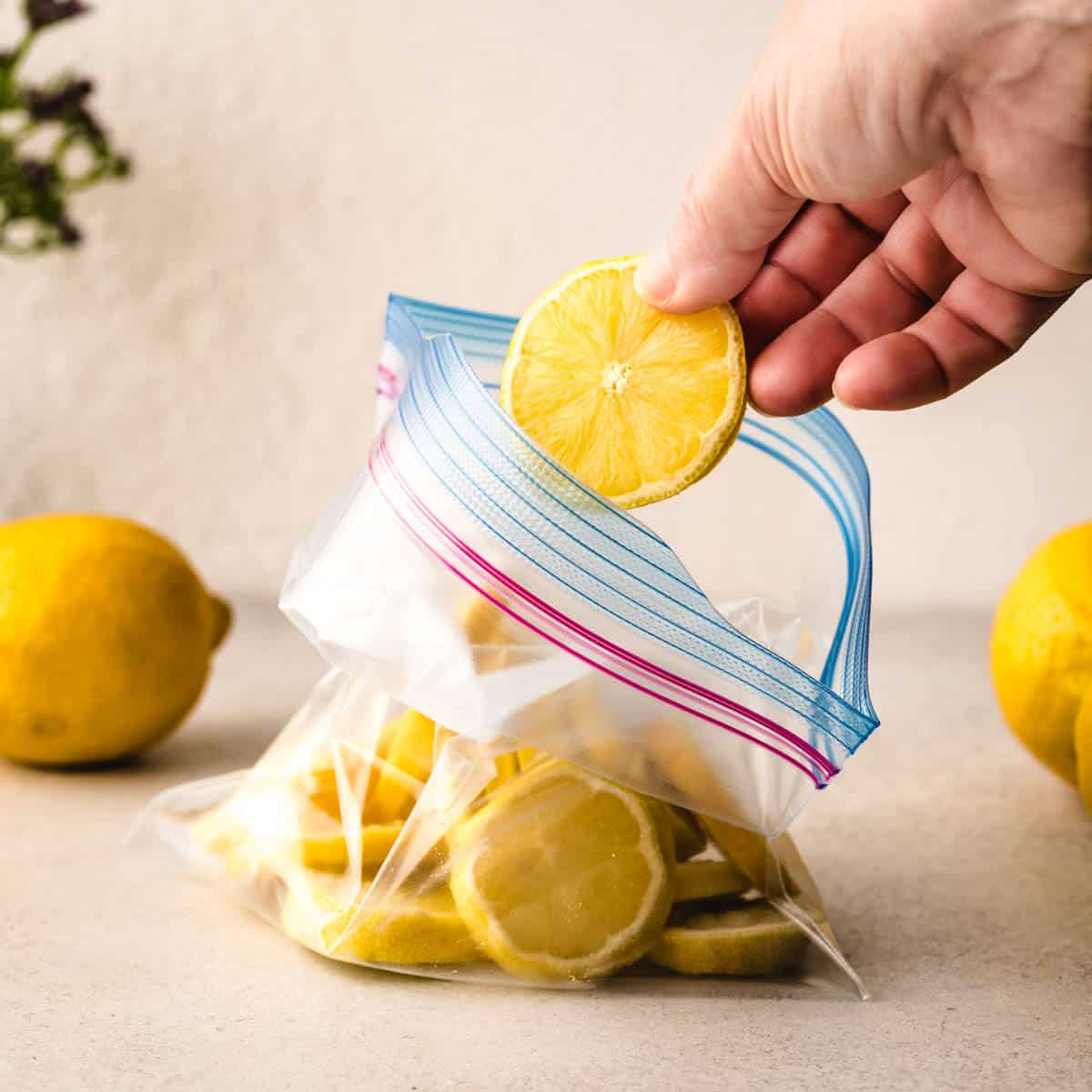
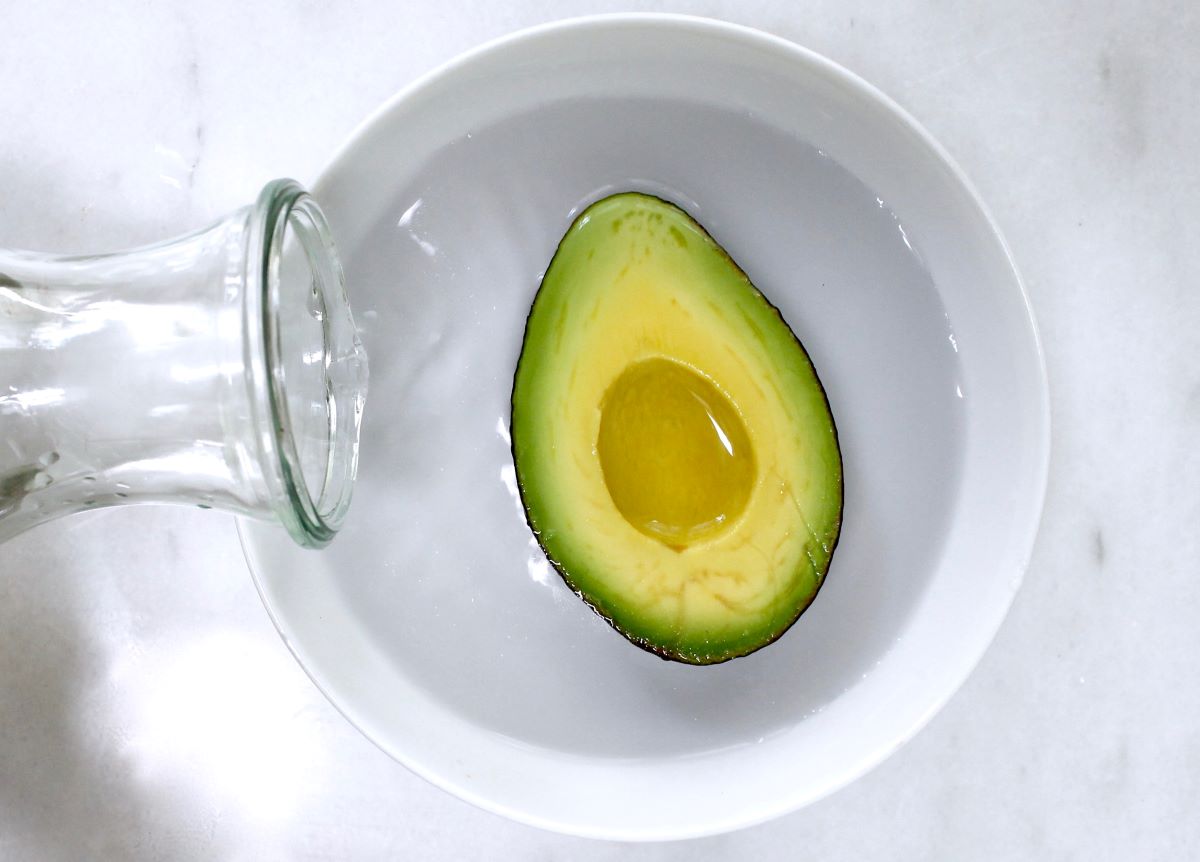



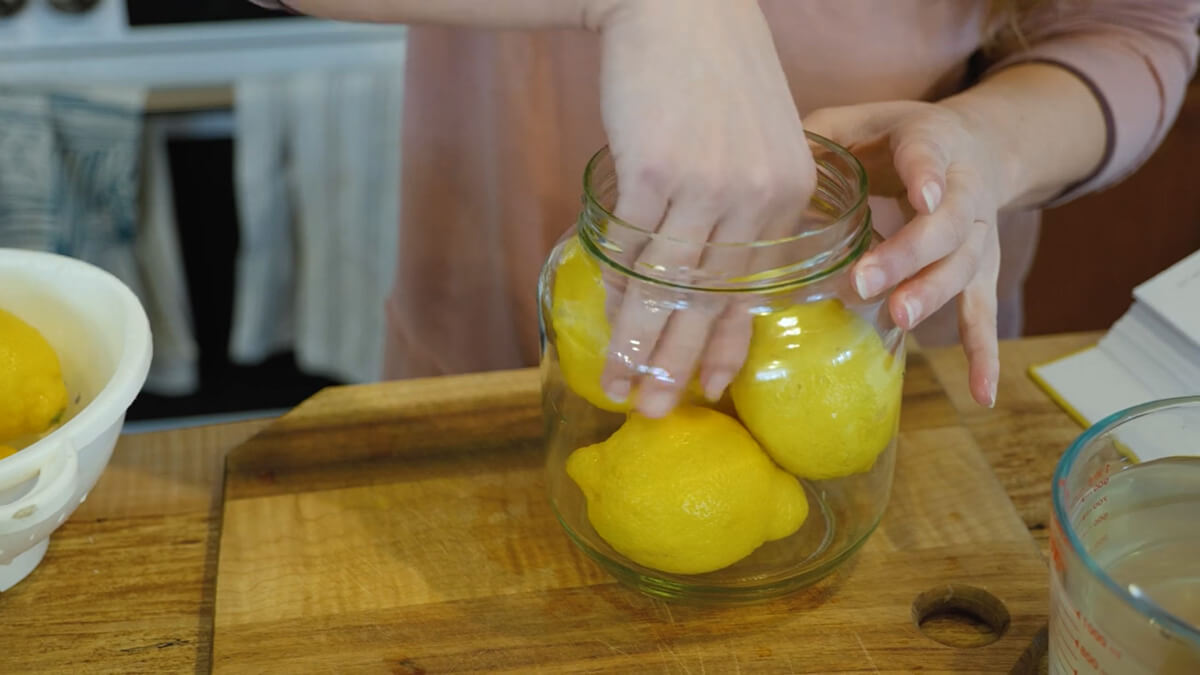
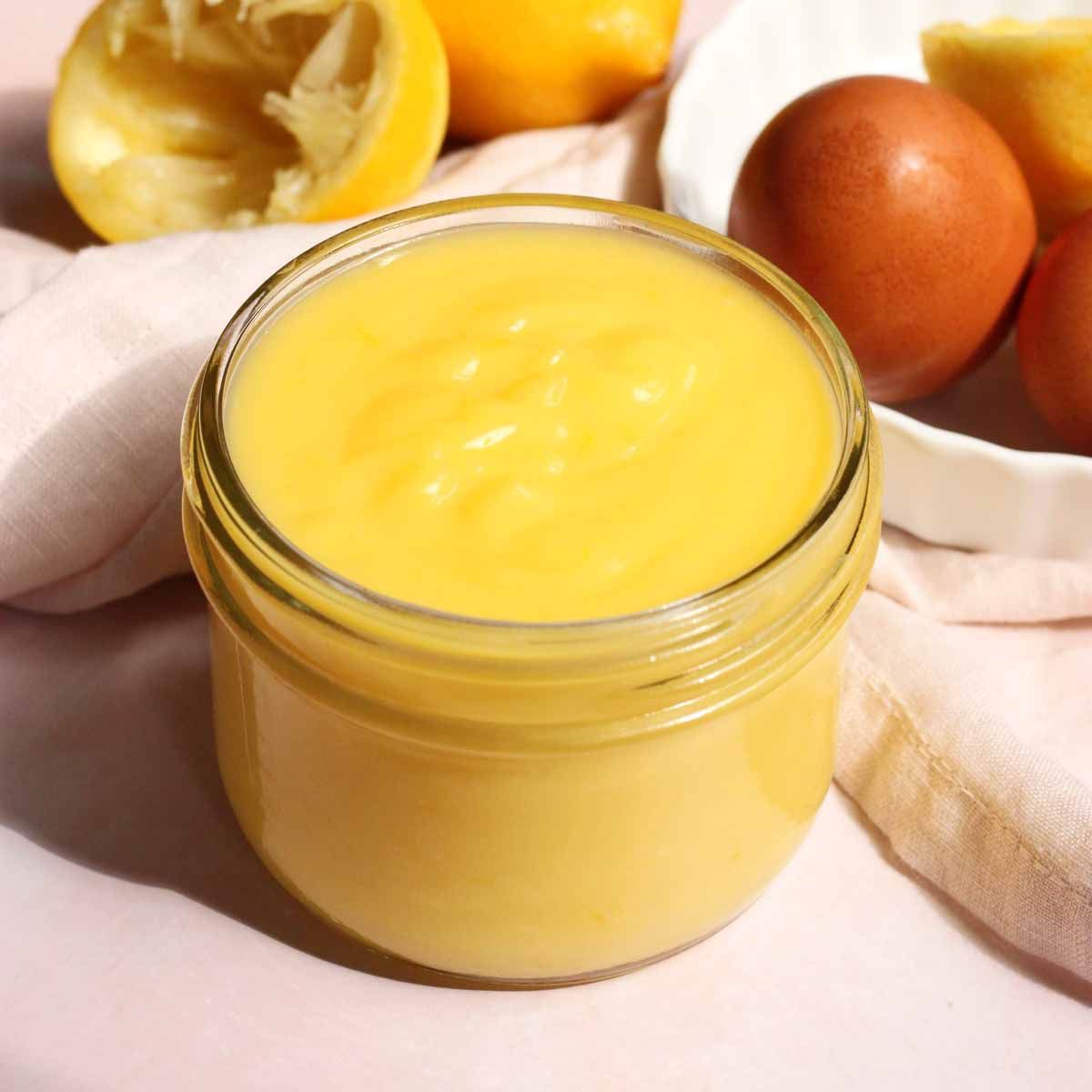
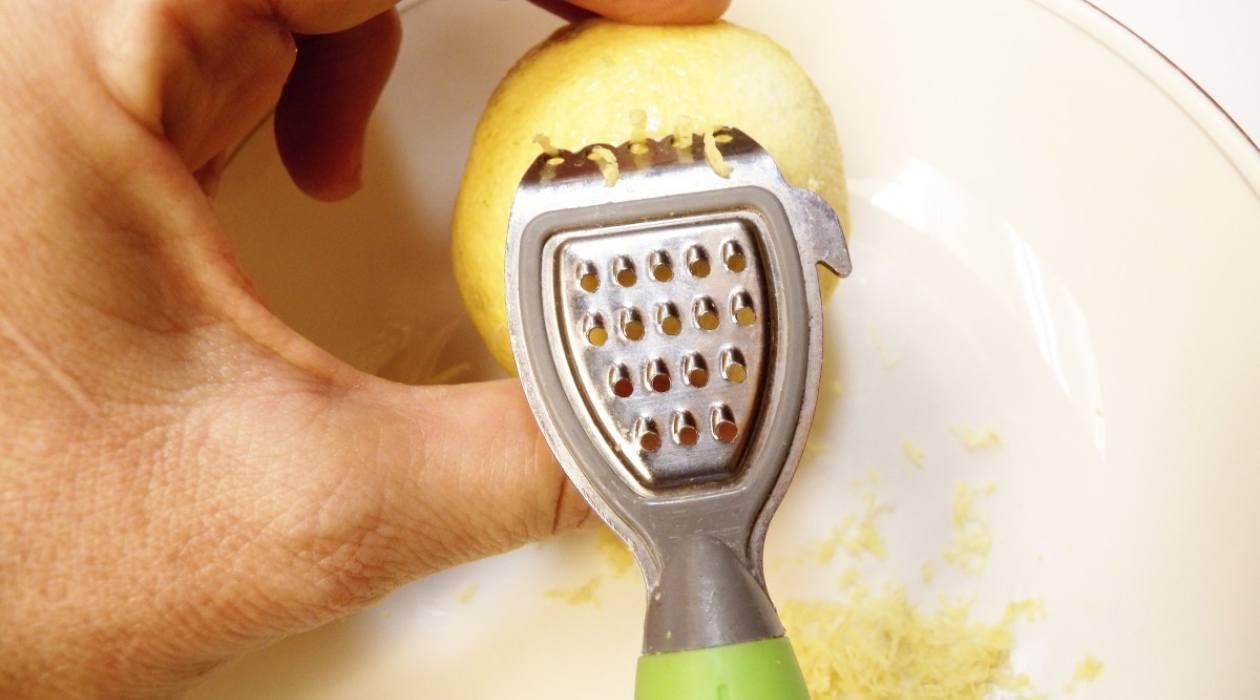
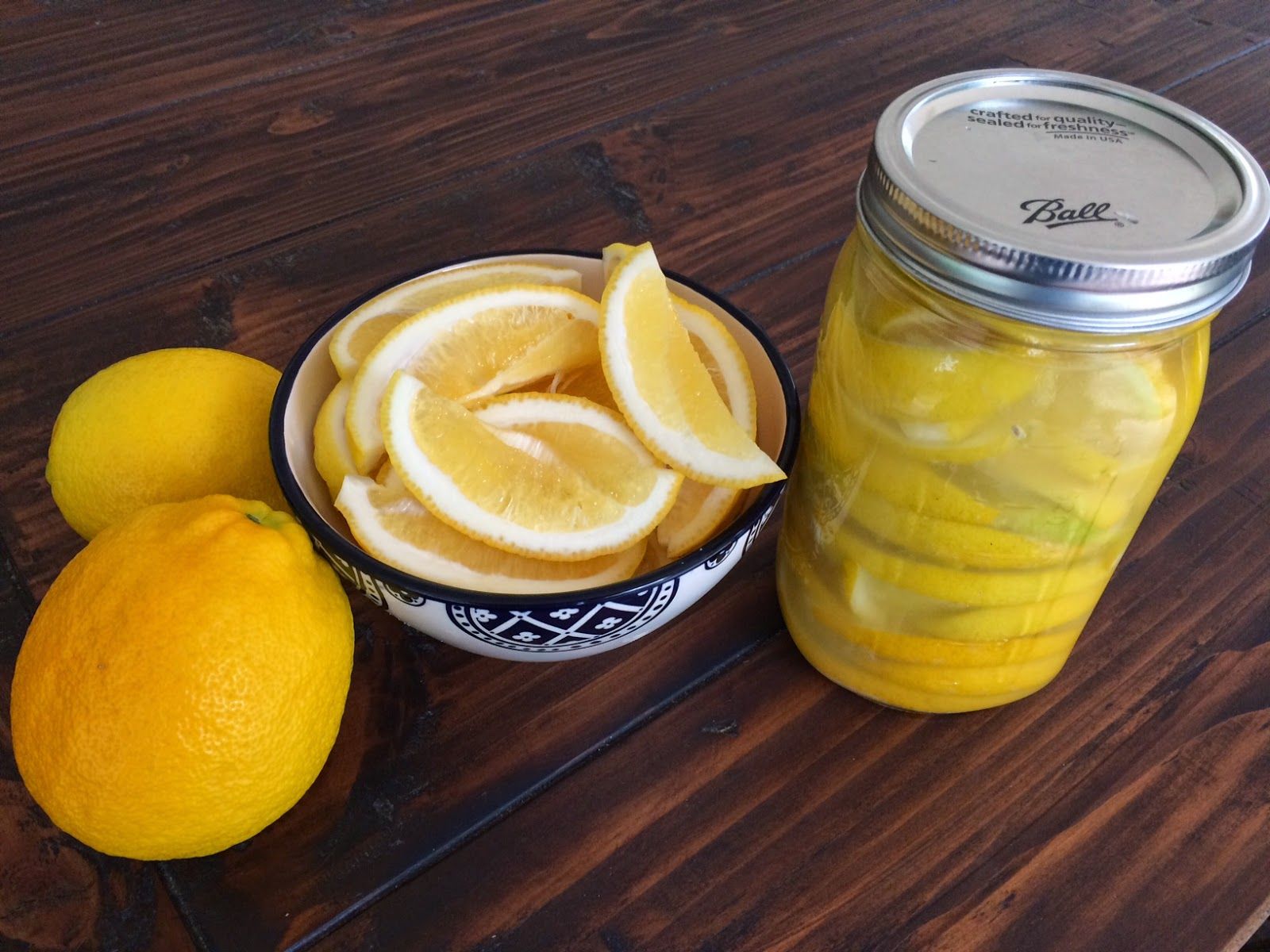
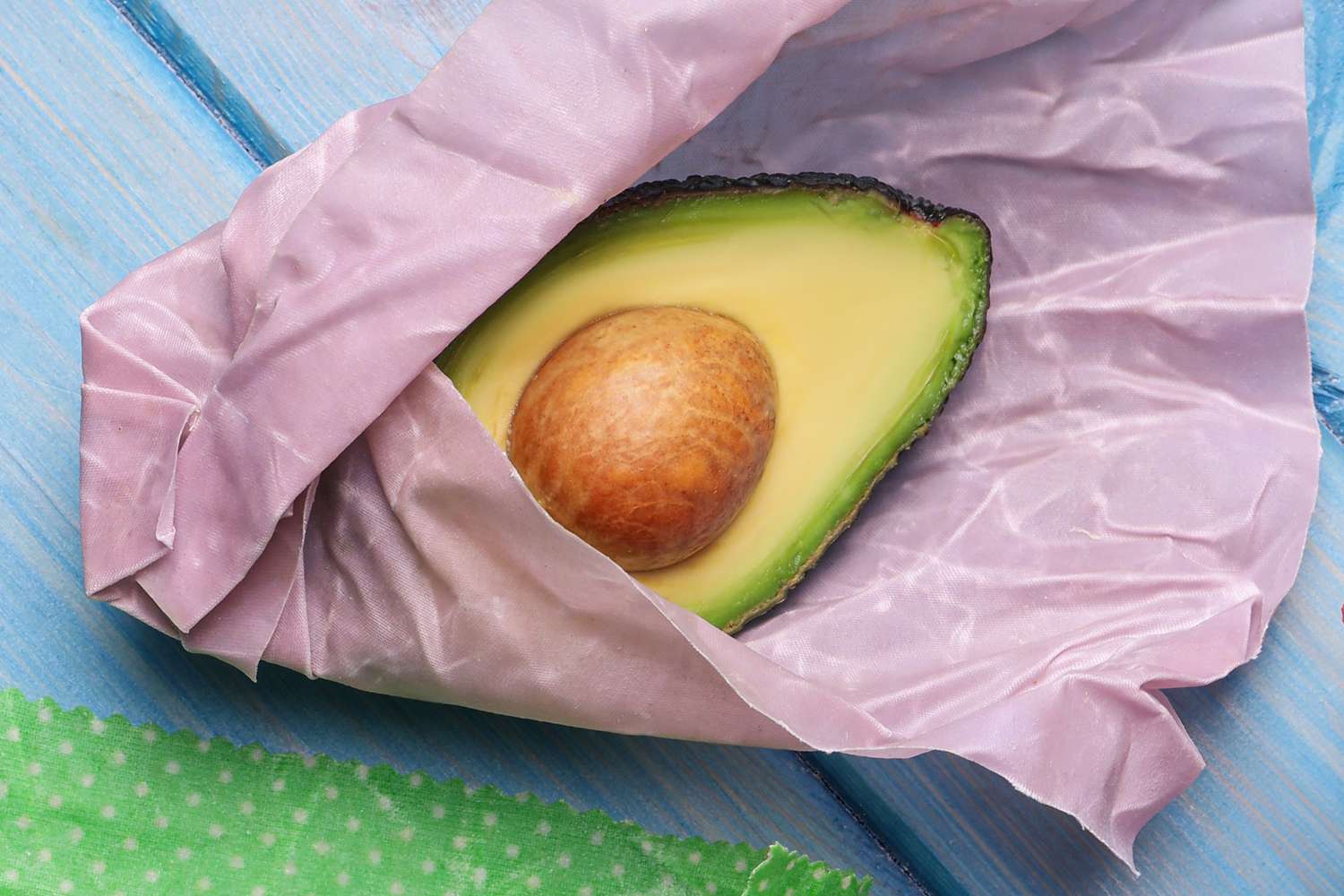

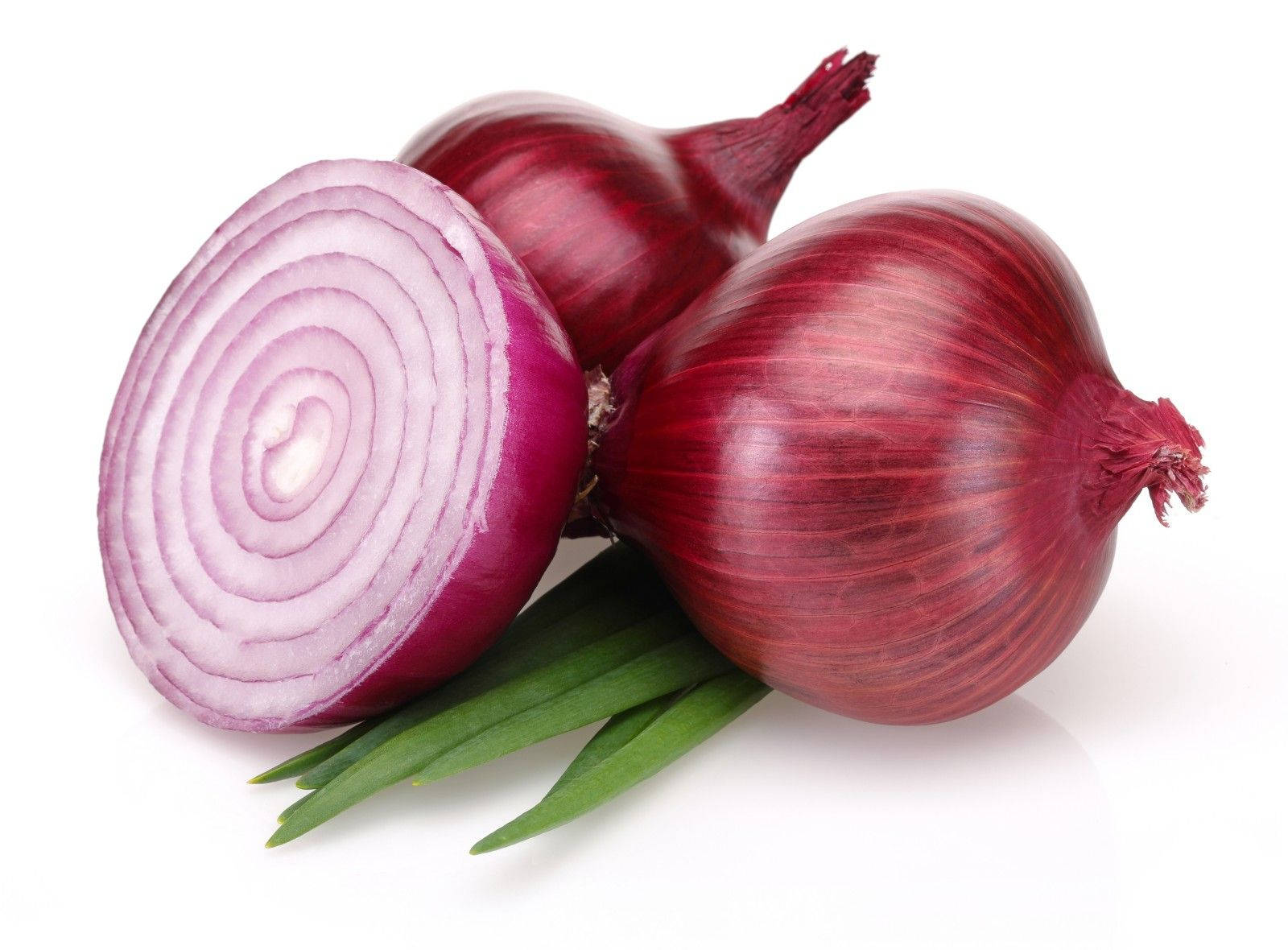

0 thoughts on “How To Store Half A Lemon”